RiverWise
Issue 34 ~ July 2021
The monthly newsletter of the Lower Breede River Conservancy Trust
How your membership
can help the Breede
All estuaries in South Africa are under severe pressure resulting from over-exploitation of natural resources, habitat destruction and deterioration of water quality.
If you take an active interest in, or use, the Breede River Estuary we hope that we can persuade you to become a member of the LBRCT and to support our endeavours on your behalf by way of your contribution to these efforts.
The authorities who are ultimately responsible for ensuring protection of our valuable natural resources are contributing, however, they simply cannot afford to allocate sufficient of their available funds to meet the estuary’s conservation needs.
Your membership contribution supplements the funds obtained from the licence fees paid by users of boats; the municipalities by way of supplementary grants constrained by their many other social upliftment and development imperatives, and grants from those government agencies to whom we are contracted.
There are 62 estuaries in the Western Cape and all need support. The Breede is one of the two largest and most important and we all need to play a role in preserving it. 100% of your membership subscriptions are put to the best possible use to help maintain the conservation infrastructure that has taken many years to put in place and initiate new projects such as:
• Turtle and penguin rescue transport
• Environmental education programmes
• Holiday activity programmes
• Funding conservation interns
• Printing brochures, pamphlets, posters and information packs
• Producing and erecting signage
• Materials and equipment for monitoring projects
For R 100 a year, you can assist us with all of the above and add your voice that is so important to ensure that your opinions and concerns are heard. The LBRCT can speak more authoritatively when dealing with the vast number of threats, regulations and legislation that already affect the estuary with the backing of a sizeable member base.
Please think about the future of the estuary and the importance of maintaining its good health for you and your children’s benefit through supporting our effort.
Yes I want to support the Breede...
Have you renewed your boat licence yet?
Annual Municipal Boat licenses are due for renewal every year from 1 July and valid until 30 June the following year.Just a reminder of our outlets available for boat license sales for 2021/2022
MALGAS OUTLET:
Living the Breede
Phone: 067 162 9081 or 082 324 2757
Open: Mon-Sun from 08:00 - 17:00
RIVERINE OUTLET:
Breede Riverine Estate
Phone: 028 542 1345
Open: 09:00 – 17:00
WITSAND OUTLETS:
Lower Breede River Conservancy Office
Phone: 028 537 1296
Open: Mon-Fri 08:00 - 16:00
Sands Supermarket
Phone: 028 537 1800
Open: 09:30 - 16:30
SWELLENDAM OUTLETS:
Heyneman Yamaha
Phone: 028 514 2010
Open: 08:00 – 17:00
Infanta Inflatables
Phone: 028 514 1589
Hours:08:00 - 17:00 Monday to Thursday
08:00 - 16:00 Friday, Closed Weekends
ONLINE LICENSES:
Buy your boat license online and arrange to pick up your disk at Living the Breede (Malgas) or LBRCT office (Witsand)
https://breede-river.org/licences/
Contact our office if you have any questions regarding the boat licenses - 028 537 1296 / info@breede-river.com
In this issue
We started off the month assisting the award winning filmmaker, Craig Foster, with his ongoing commitment to the Sea Change Project. A juvenile African penguin was rescued later on. In July, we received beautiful bird and landscape photographs by Anton Swanepoel and Jacque Smit - we thank you very much. Our species focus for the month is on the Giant kingfisher, and the photo of the month is a magnificent shot of Cape vultures! Of course, the results from our water quality run and bird count is interpreted. We have also included the navigational warning issued by SA Navy Hydrographic Office regarding the Government Jetty in Witsand, as well as rabies vaccination dates for cat and dog owners of Infanta and Malgas.
Follow us on your favourite social media platform to see what we are up to daily!
Species focus: Giant Kingfisher
The Giant kingfisher (Megaceryle maxima) is the largest kingfisher in Africa. This bird averages 44 cm in length and is sexually dimorphic. This means that males and females have different coloration. Males have a rufous chest and white belly, whilst females have the opposite with a white chest and rufous belly. Surprisingly, only four out of the ten kingfisher species in South Africa feed on fish as their main diet! Some kingfishers are terrestrial and do not rely on any bodies of water, such as the Woodlands kingfisher which feeds on invertebrates including scorpions. Giant kingfishers actively hunt for fish but also catch crabs, frogs and small reptiles. They are monogamous, meaning they have one life partner with with they nest in a dugout tunnel in a river bank. These tunnels can be 1 - 7 meters deep! Giant kingfishers live for about 6 - 14 years.
Four species occur at the Breede River - the Giant, Pied, Malachite and Brown-hooded kingfishers. These beautiful photographs were taken by Anton Swanepoel here in Witsand at Kraaltjie.

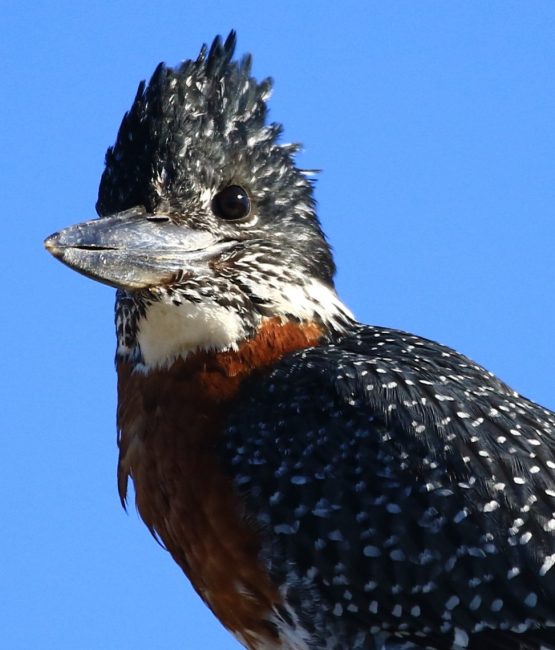
Sea Change Project
The LBRCT is very grateful for assisting Craig Foster, the filmmaker of the award winning documentary My Octopus Teacher. Craig is the founder of the Sea Change Project which connects people from all over the world to the Great African Seaforest and the fascinating creatures that live within it! In line with this project Craig wanted to get up close and personal with the beautiful landscape and wildlife of the Breede estuary.
Our conservation ranger took him and his family out and about by boat and on foot. Thanks Craig and good luck with your incredible efforts through the seachangeproject
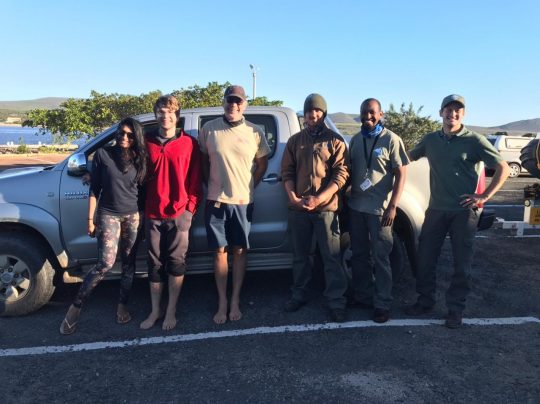
Water hyacinth reminder
This is just a friendly reminder that the winter rains will bring more and more fresh water downriver. This will facilitate the establishment of the alien water hyacinth. Their invasiveness stems from their ability to clone, resulting in large patches of sharing the same genetic makeup. Removing these pests permanently has been problematic as more and more float down from upriver. We would like to ask that each home owner takes responsibility for the water hyacinth that accumulates in front of their property and removes it. Water hyacinth cannot survive out of water and also makes good compost as they are full of nutrients which they've taken out the water for self-growth.

Navigational warning
Below navigational warning that was promulgated by the SA Navy Hydrographic Office to warn mariners of the hazard to navigation for vessels operating on the Breede River:
COASTAL NAVWARNING 386 OF 2021: (26 JULY 21)
- South Coast - Breede River Estuary/Witsand
- Charts SAN 121
- Construction and/or demolition taking place at the Witsand Government Jetty. Exposed pylons with possible submerged obstructions present a danger to navigation.
- Vessels to navigate with extreme caution
- Until further notice
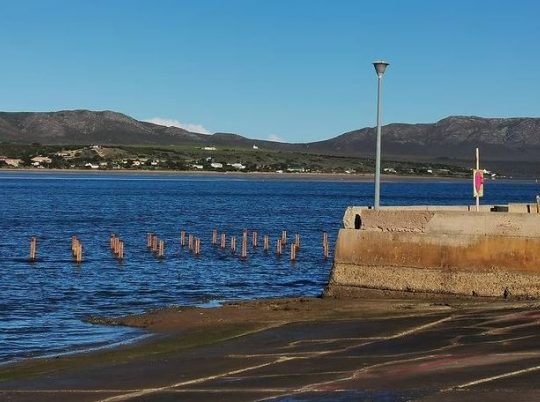
Rabies Vaccine
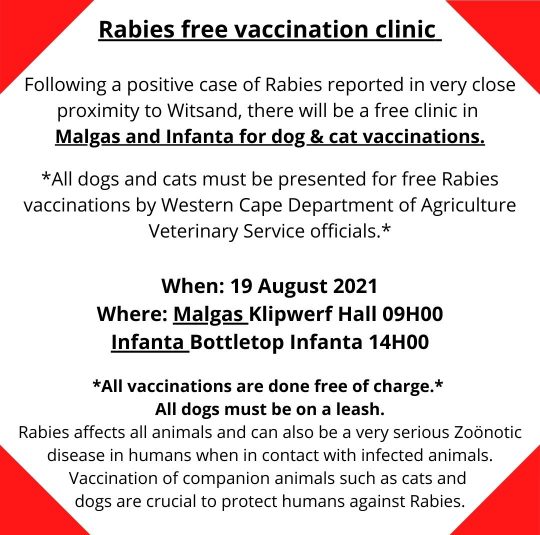
In the data
Monthly routine monitoring
July bird counts
Our monthly bird count was conducted on 9 July. A total of 279 birds were observed. Apart from the usual most common birds being the Sacred ibis (39), Yellow-billed duck (39) and Kelp gull (26), we also observed a Pied avocet and a Common moorhen. Pied avocets have unique upturned bills and are used to sieve through the water for specific invertebrates.
July water quality
The salinity of the river was the highest at Moddergat (6 km up river) with a salinity reading of 34.43 PSU. This was significantly higher than at the mouth and all other sites upriver. The quality run was stopped 22 km upriver as fresh water was reached. The water was cold, ranging between 10 and 13 degrees celsius. Sites with higher salinities have higher temperatures. The turbidity (visibility) got worse further upriver as more sediments were present in the water.
Penguin rescue
This juvenile African penguin was rescued by Spilltech close to Moodie se Put on 7 July. The bird was very dehydrated and weak. After receiving some fluids from the LBRCT it was transported to the African Penguin and Seabird Santuary (APPS) in Gansbaai. We have since received word that the bird is recovering nicely.
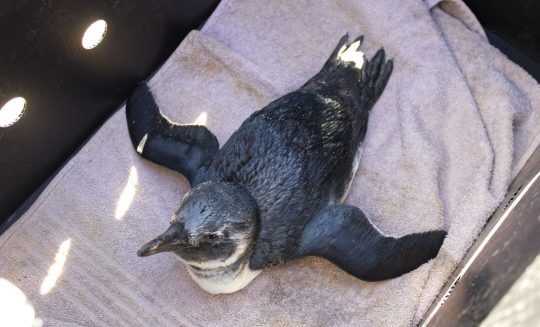

Photos of the month
The photo-of-the-month competition is an initiative which the LBRCT is promoting whereby members of the public can send us their photographs of anything related to the natural beauty of the Breede River! Please send your photos to conservation@breede-river.org.
A big thank you to Jacque Smit, all the section dividers are his work!
Below is an awesome photograph of an elusive Osprey (Pandion haliaetus) at a wetland just outside of Witsand! Photo credit: Anton Swanepoel

This flock of Cape vultures (Gyps coprotheresi) was photographed by Jacque Smit. He counted 21 birds - what a sighting!
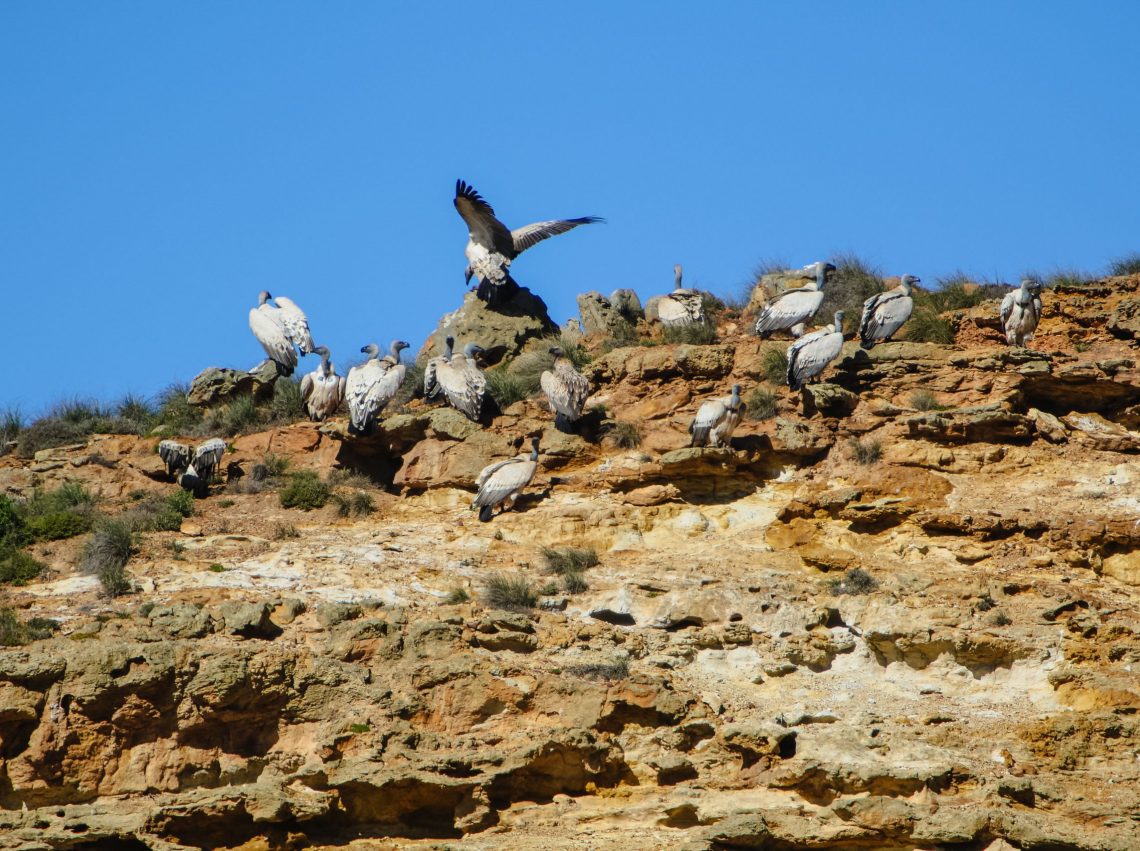
Thank you for reading
We hope you enjoyed this months' issue. Should you have any feedback, questions, or matters you would like us to cover in a future issue, please do not hesitate to write to us at news@breede-river.org.